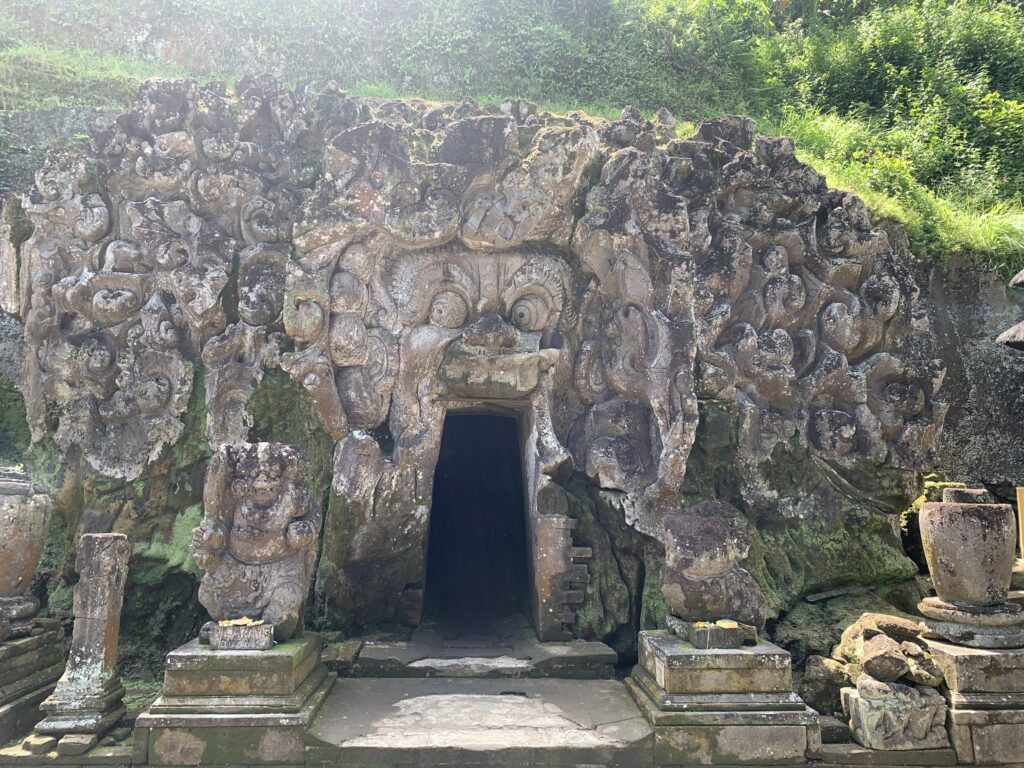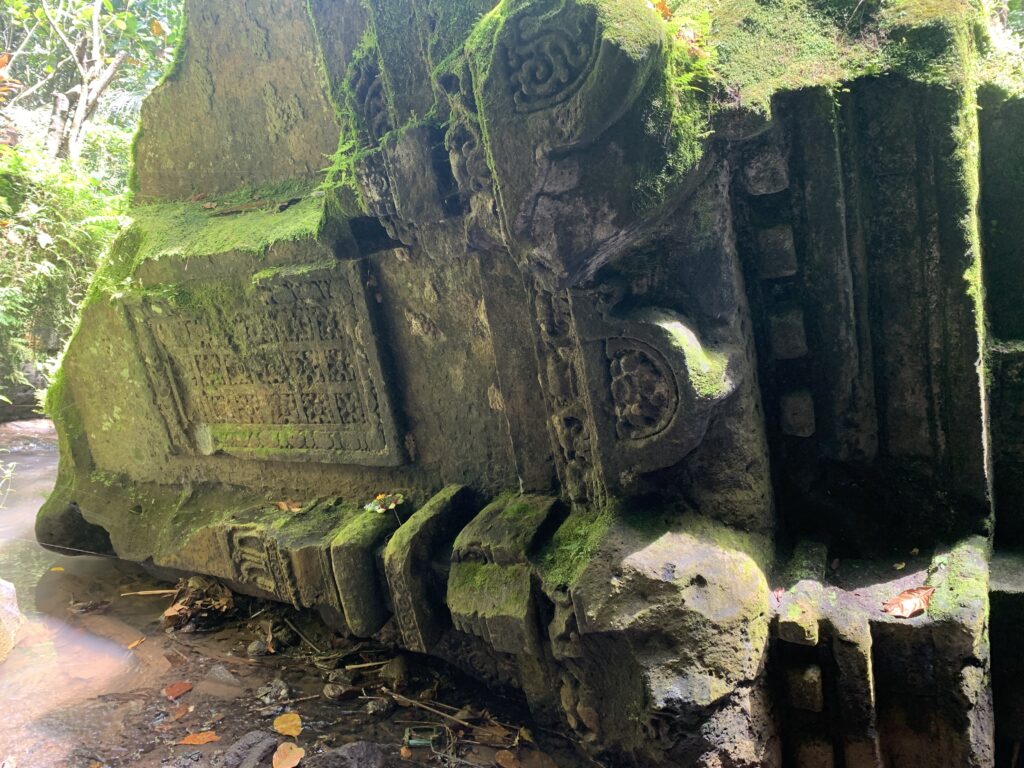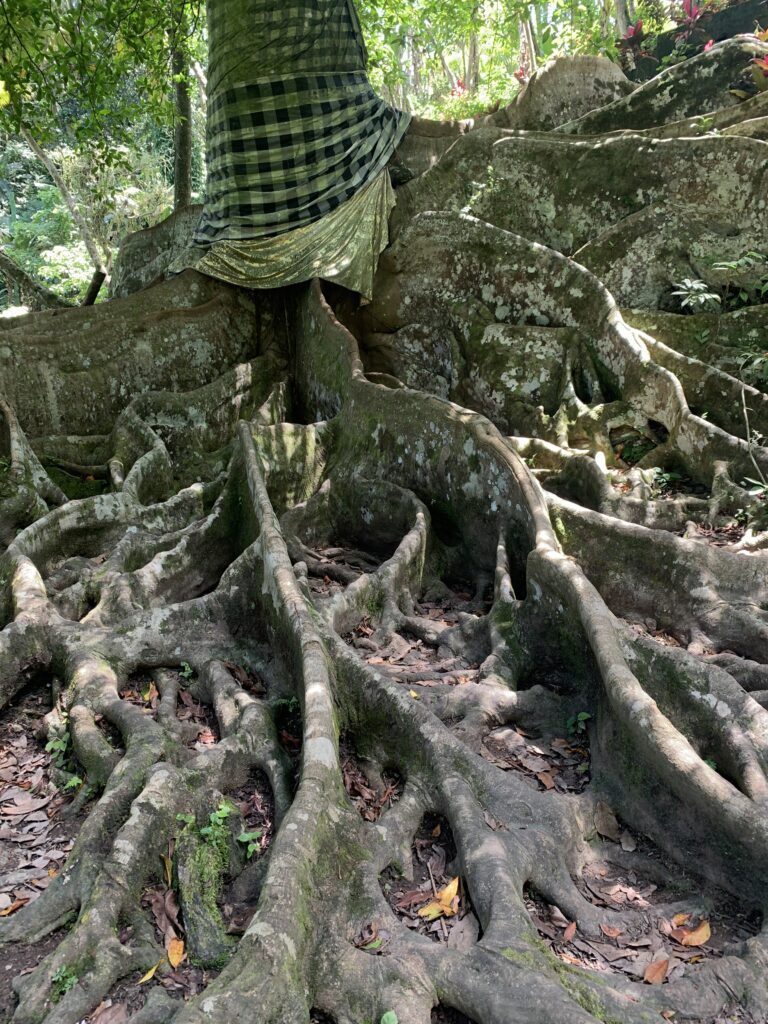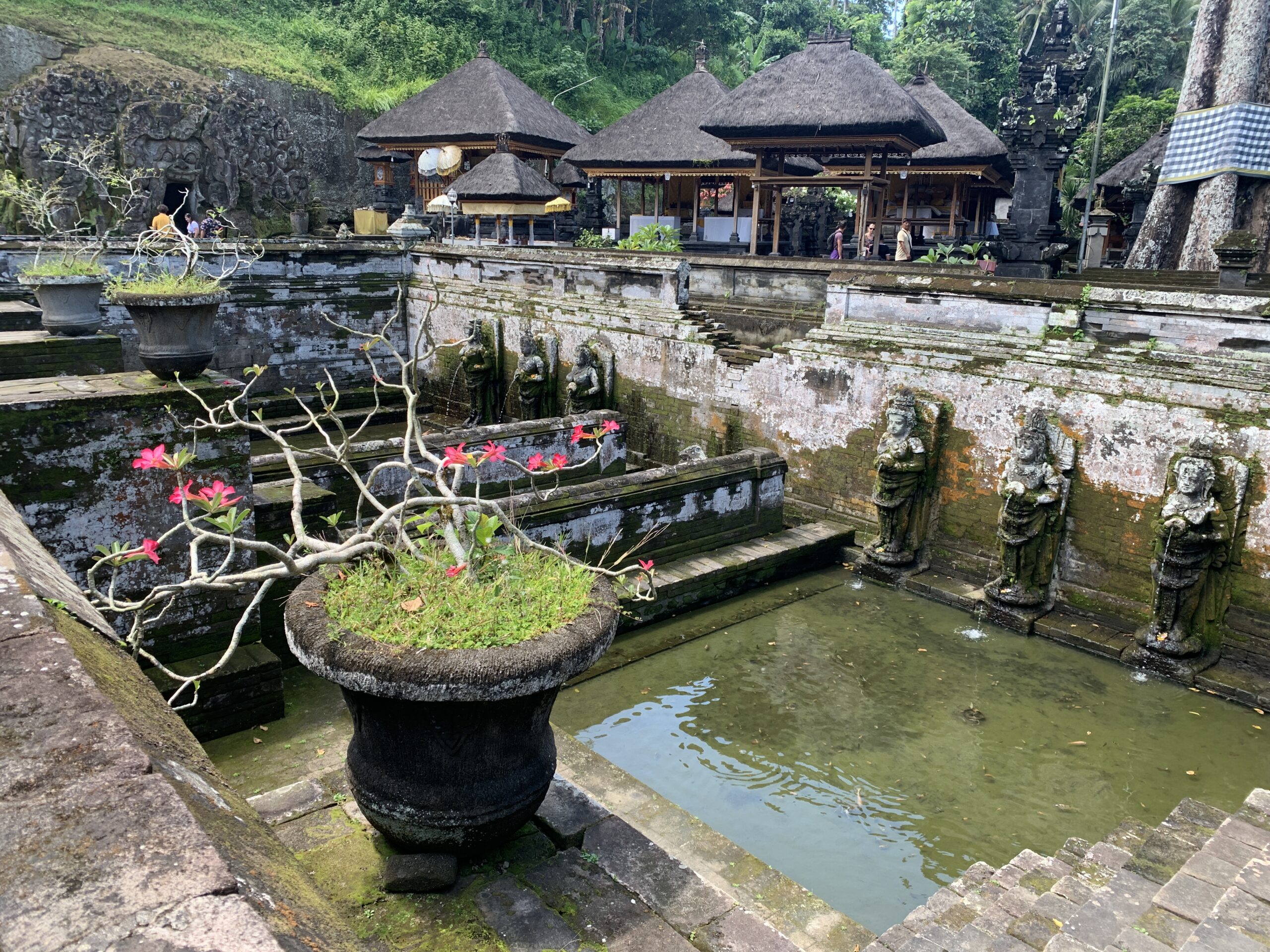Goa Gajah, also known as the Elephant Cave, is a sacred archaeological site located in central Bali, Indonesia. It is a popular tourist destination due to its historical significance, unique architecture, and beautiful surroundings.
History and Significance of Goa Gajah
Goa Gajah is believed to have been built in the 11th century as a sanctuary for meditation and spiritual practices. It was rediscovered in the 1920s by Dutch archaeologists, who excavated the site and restored the damaged structures. The name “Elephant Cave” comes from the carvings of elephants at the entrance of the cave, which were added in the 1950s.
The site has deep cultural and historical significance for Balinese Hindus, who consider it a sacred place of worship. The cave is believed to be the home of the Hindu god Ganesh, the remover of obstacles and patron of the arts and sciences.
Architecture and Design of the Elephant Cave
The entrance to Goa Gajah is through a stunning 7-meter-tall stone-carved demon’s mouth, which leads to a T-shaped cave. The cave walls are adorned with intricate carvings of Buddhist and Hindu deities, as well as mythological creatures such as winged lions and dragons.
Beyond the cave, visitors can explore the temple grounds, which include a bathing pool and several shrines. The architecture and design of Goa Gajah showcase a unique blend of Hindu and Buddhist influences.



Exploring the Surroundings of Goa Gajah
The surrounding area of Goa Gajah is lush and beautiful, with rice paddies and tropical vegetation. Visitors can take a leisurely walk around the temple complex, or hike to nearby waterfalls and rice terraces.
How to Get to Goa Gajah
Goa Gajah is located in the village of Bedulu, about 6 kilometres southeast of Ubud. It is easily accessible by car or scooter from Ubud or other nearby towns.
Tips for Visiting Goa Gajah
Visitors should dress modestly and bring a sarong or scarf to cover their legs if necessary. It is also important to respect the sacred nature of the site and behave respectfully. Additionally, the temple can get crowded, so it is recommended to visit early in the morning or late in the afternoon to avoid the crowds.

